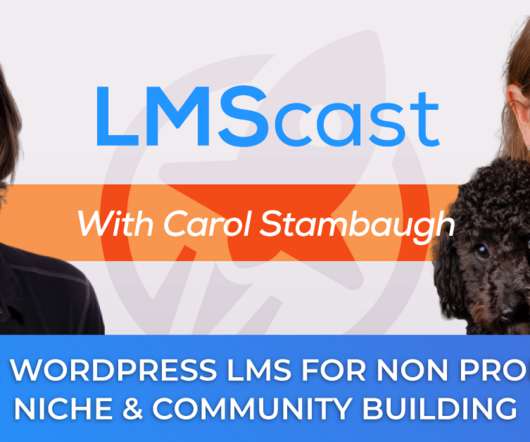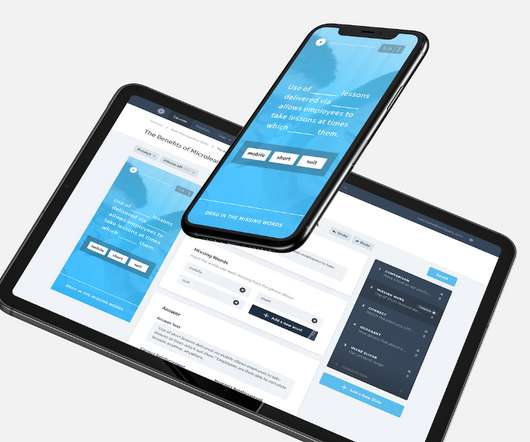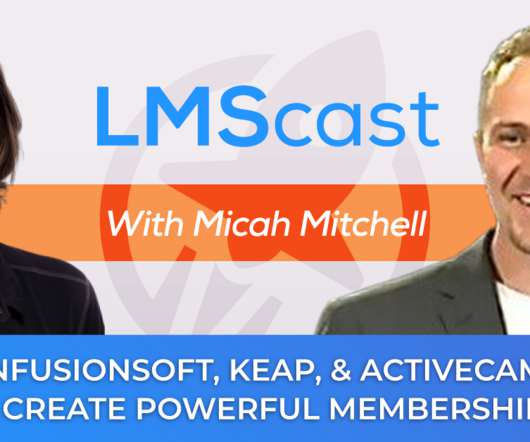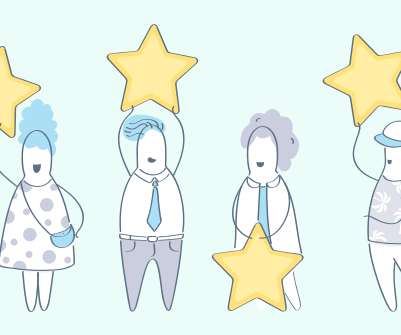Embracing Innovation in Learning | Social Learning Blog
Dashe & Thomson
APRIL 21, 2011
We are moving, albeit in fits and starts, from traditional learning environments, where curriculum are essentially assigned to learners, to more collaborative and innovative environments where learners can self-direct their learning and participate in communities of passion. Of course, when I saw this question, I had to try to answer it.













































Let's personalize your content